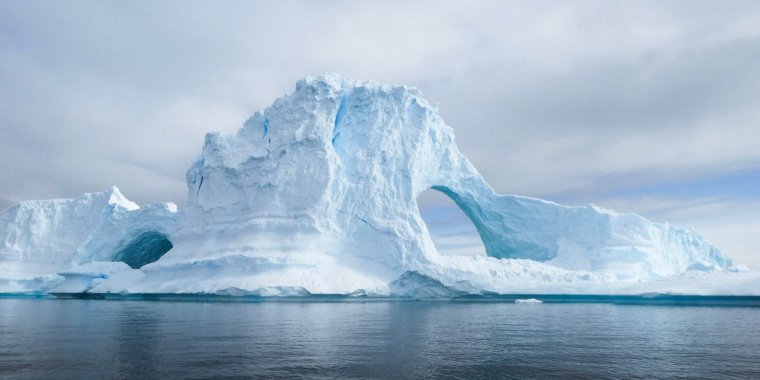| News / Science News |
New study redefines understanding of where icebergs leave meltwater in the Southern Ocean
Some icebergs that break off Antarctica are massive -- the size of New York City -- but these floating cities of freshwater have been largely ignored in climate models.

Iceberg, Portal Point (Antarctic Peninsula). Photo: Derek Oyen/Unsplash
A new study by scientists at the Scripps Institution of Oceanography and the University of North Carolina Wilmington has provided the first-of-its-kind model for how these icebergs decay as they drift around the frozen continent.
The findings provide scientists with the groundwork to include Antarctic icebergs in global climate models.
Icebergs are of particular interest because the freshwater they add into the ocean affects currents. The density of water is a major driver of ocean currents; that density is affected by the temperature and amount of salt in the water.
As icebergs melt, the cold water they add affects these variables, which impact ocean currents crucial in regulating global climate.
Icebergs vary in shape and size. Previous climate models didn't account for the massive, tabular icebergs that break off Antarctica. These icebergs are mostly flat on top, and sometimes as large as 1,000 square kilometers (386 square miles) and 100 stories tall.
"We know that large tabular icebergs deliver about half the freshwater from Antarctic ice sheets to the Southern Ocean, and their importance in the climate system will likely increase over the coming century," said Mark England, lead author of the study. "These results are an important step toward including giant icebergs in global climate models and incorporating their effects into climate change projections." (National Science Foundation)
YOU MAY ALSO LIKE





